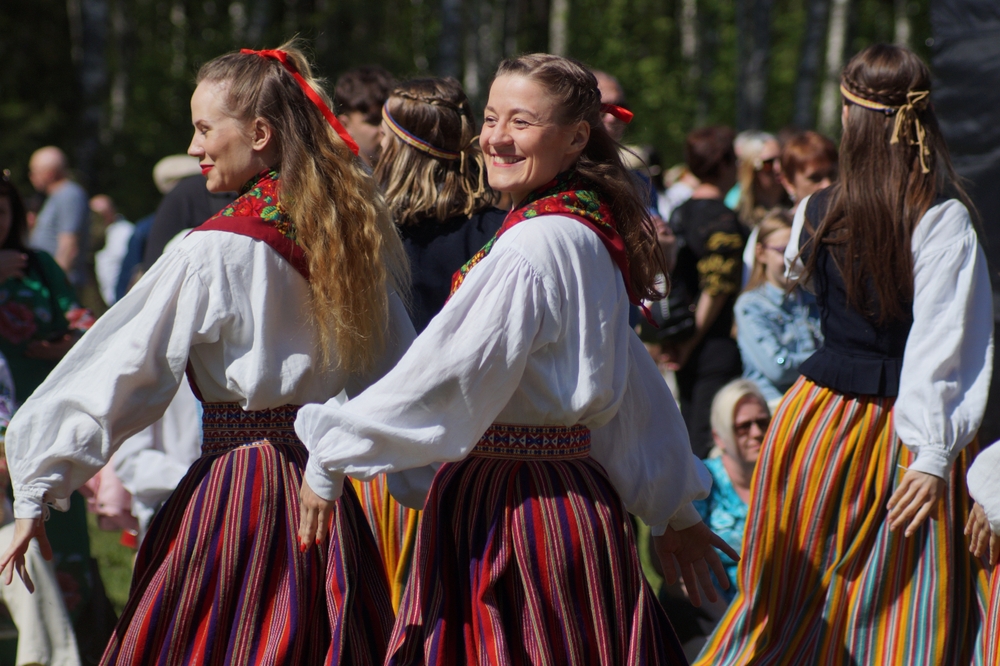Reinventing the Classics: Modern Takes on Traditional Folk Dance
Dance, an age-old form of expression, is undergoing a transformation. As traditional folk dance meets contemporary ingenuity, we're witnessing an exciting blend of old and new. This article delves into this trend, examining its roots, its impact, and what it means for the future of dance.

An Ancient Art Form Reimagined
Folk dance, a staple in many cultures, is steeped in tradition, often passed down through generations. With roots in community gatherings and celebrations, these dances carry a rich history that reflects the unique culture and spirit of a people. However, as the world becomes increasingly interconnected, these dances are now being reimagined in fascinating ways.
The Catalysts of Change
The change in traditional folk dance’s expression can be attributed to several factors. Globalization enables cultural exchanges, exposing dance troupes to a variety of styles. The rise of social media has also played a significant role, offering a platform for dancers to showcase their creativity to a global audience. Moreover, an increasing push for innovation in the arts has seen dancers and choreographers exploring new ways to express traditional themes.
Fusion: A New Dance Language
The result of these influences is a fusion of traditional folk dance with modern elements, creating a new dance language. Choreographers are integrating contemporary dance techniques and styles into traditional dances, adding layers of complexity while maintaining the essence of the original. From flamenco infused with ballet to hip-hop-infused Irish dance, this fusion has led to enthralling performances that captivate audiences worldwide.
Impact and Reception
This trend has generally been met with enthusiasm, with audiences appreciating the fresh takes on beloved traditions. Critics have praised the creativity and technical skill involved in successfully merging different dance styles. However, it’s not without controversy. Some purists argue that these modern interpretations dilute the original dances’ cultural significance, while others counter that evolution is crucial for art forms to stay relevant.
Looking Forward: The Future of Folk Dance
Despite the debates, it’s undeniable that this trend has breathed new life into traditional folk dance. As we move forward, we can expect to see more experimental fusion performances, pushing the boundaries of what folk dance can be. This innovative approach does not erase the past; instead, it celebrates tradition while simultaneously exploring new possibilities.
In conclusion, the blending of traditional folk dance with modern elements is a testament to the dynamic and evolving nature of art. It’s a journey that respects the roots while embracing change, ensuring that these cultural treasures continue to engage and inspire future generations.




